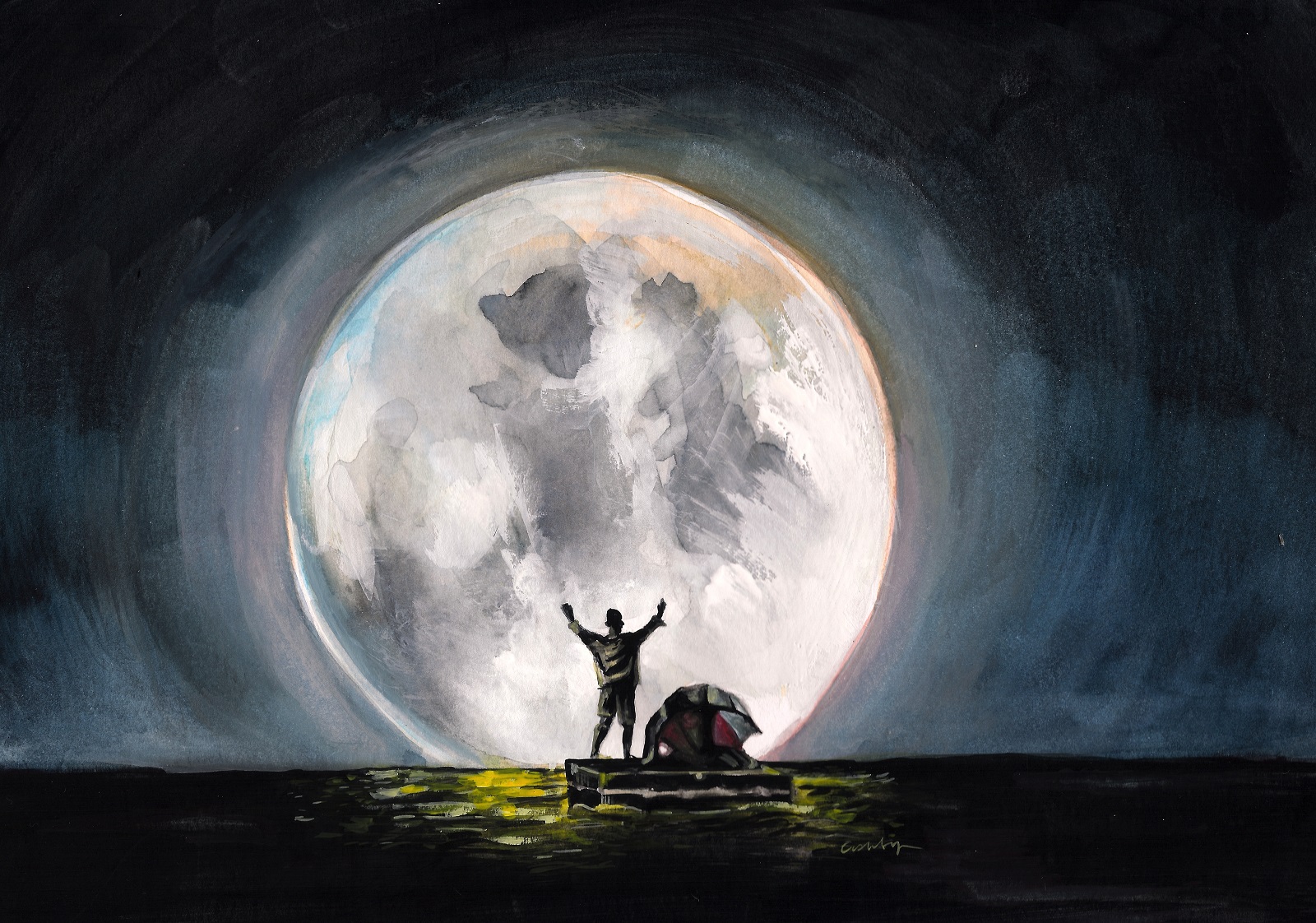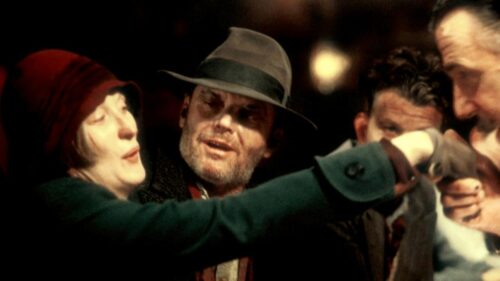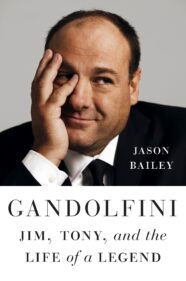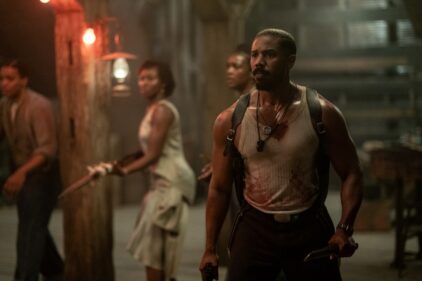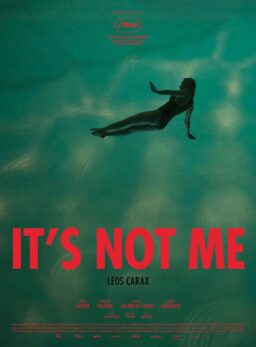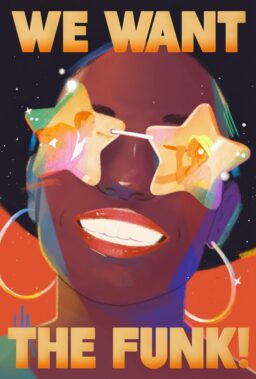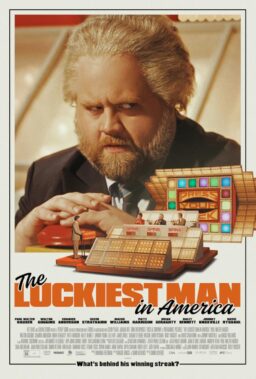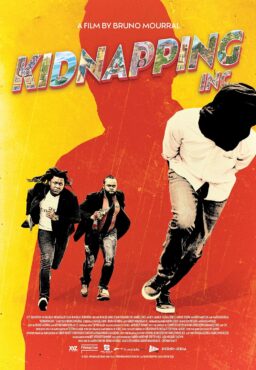Welcome to our second excerpt from the internet magazine “Bright Wall/Dark Room.” (Read the first one here.) The image above is credited to Brianna Ashby and this month’s issue concludes a two-part series on Americana through coverage of “Rocky,” “Jaws,” “The Godfather,” “North by Northwest,” “American Movie,” “O Brother Where Art Thou?,” “An American Tail,” “Gun Crazy,” “Fried Green Tomatoes,” and this month’s sample article on “Joe Vs. the Volcano.” You can buy the magazine on your iPhone and iPad here or sign up for the web-based online version here.
“The way to read a fairy tale is to throw yourself in.”
—W.H. Auden
“Joe Versus the Volcano” is all kinds of things at once—a fact which no doubt contributed to the poor reception it received upon its initial release in 1990—but at its heart, first and foremost, it’s a fairy tale. It’s filled with travels and travails, obstacles and the overcoming of them, adventure and romance, symbols and archetypes. It’s a deeply searching and existential film that doubles as both a satire and a romantic comedy. It absolutely tries to bite off more than it can chew, trying to do far too much in its 102 minutes—and as a result can be a bit of a silly mess at times (especially in certain moments of its final act)—but it’s also, to those of us who love and embrace it, a deeply moving, almost transcendent film.
I have been trying, and failing, to write about “Joe Versus the Volcano” for over five years now. Trying to find a way to talk about it that does it any kind of real justice, that even partially conveys the enormity of my affection for it. I’m simply worried that I won’t get it right, that I won’t be able to capture the sheer magic of the thing—a movie that is passionately embraced by a championing few (whom I happily count myself among), and derided—or worse, entirely overlooked—by a majority of people today, even film lovers. I don’t doubt my opinion of it, but I do sense all too well the mountain (of either distaste or indifference) that I’m attempting to push up against.
I can understand if you don’t like the film—you’re certainly not alone—but I do feel a bit sorry for you. Because, if you allow yourself to be swept up in its gorgeous sets, highly-stylized prose, and winning performances, it’s a film that can absolutely move you on a bone-deep level. First, though, you’ll have to abandon most notions of what you think a big studio movie should be—especially one starring Tom Hanks and Meg Ryan—as “Joe” rarely abides by the conventional rules of commercial filmmaking. Playwright John Patrick Shanley, allowed into the director’s chair for the very first time following an Oscar win for his “Moonstruck” screenplay (and subsequently banished for the next fifteen years following its disastrous reception), crafted a heartfelt fable of a film in “Joe,” a movie that is in no way interested in realism of any kind, aiming instead for an entirely different target. It’s a film that lives almost entirely in its own world, asking Big Questions about Big Things.
But its heart is large, and its magic deep.
“Once upon a time, there was a guy named Joe…”
There comes a time in most anyone’s life when they simply feel stuck in it. When a routine has taken over—intentionally or not—and has chased away dreams and ambitions, burying hopes under a pile of paperwork, bills, responsibilities, and obligations. There is the time it takes for this to happen, and then the time it takes to notice that it’s happened. Thankfully, you can be woken up in any number of ways: an old picture that reminds you of a past life, another you, all the things you once wanted or dreamed of or ached for; a passage underlined by a familiar hand in a book you once held dear; a song that suddenly blindsides you; an old smell that hijacks your limbic system by way of the olfactory bulb and instantly transports you back twenty years. The point is, it happens to all of us at one time or another—this recognition of the space between what you wanted out of life and what you ended up with, the realization of this ever-widening gap—and it either forces you out of your well-carved rut or crushes you even further down. And I’ve come to believe, fully, that what you choose to do at these crossroads, these lightning-bolt moments of awareness, is largely what winds up defining you.
For Joe Banks—titular hero of “Joe vs. the Volcano”—this realization comes in the form of a peculiar diagnosis from an off-kilter doctor. Joe (Tom Hanks) has been aching for years. Many moons ago, he was a firefighter, a man who saved lives. But the dangers he faced and traumas he endured finally caught up with him and hollowed him out, causing him to drift into a life defined by fear. By the time we first meet him, he’s a shell of his former self, working under the awful and flickering fluorescent lights in the basement of the American Panascope Corporation (“Home of the Rectal Probe!”). He’s been seeking out various doctors in the hopes of, if not a cure, then at least a cause—an explanation for his loneliness, all the constant creaks and pains, the feeling that something just isn’t right.
Turns out, Joe has a brain cloud, and about six months to live.
That he’s never heard of such a thing gives him little pause (and to be fair, when your doctor is Robert Stack, most anything said sounds both plausible and definitive). Putting a name to the maladies he’s long sensed finally answers all those endless, gnawing questions: the hypochondriacal pursuit at last dissolved in odd relief. In one fell swoop, Joe’s suffering is given both an explanation and a definite endpoint; a diagnosis packaged with a newfound sense of freedom.
Joe goes back to the office that day a changed man. Where once there was a resigned lethargy in him, an Eeyore-shaped cloud perpetually hovering, there is now instead a vitality. He quits his job and tells off his boss, packing up his bag with just three books—Robinson Crusoe, Romeo & Juliet, and The Odyssey—and a ukulele. He asks out the secretary he’s had a crush on for years. (She says yes.) The next morning, he agrees to jump into a volcano to save a village. Carpe diem, indeed.
“You think I feel good? Nobody feels good! After childhood, it’s a fact of life. I feel rotten. So what!”
The first part of “Joe Versus the Volcano” paints a vivid portrait of Joe’s well-worn life of quiet desperation, but its second act—easily the film’s most endearing—concerns itself largely with his journey out of this boxed-in world: a quest to strip away the trappings of self, past trauma, and cultural programming; to engage with the present; and to find a larger sense of purpose and meaning in his remaining days.
If this journey is kick-started by his terminal diagnosis, it’s further fueled by a rather unorthodox proposal from an eccentric billionaire. Mr. Graynamore (played with typical late-career craziness by the wonderful Lloyd Bridges) is searching for somebody to voluntarily jump into a large volcano on the distant island of Waponi Woo, to offer up their life in order to satiate the volcano and save the tiny island from its wrath. In exchange for this terminal volcano-jumping, he offers Joe a life of luxury in the time left to him: limitless amounts of money, followed by a guided trip out to the island. Joe, armed with the knowledge that death is coming for him shortly either way, and with no family or friends to speak of, agrees to the Faustian bargain offered up by Mr. Graynamore. He will “live like a king, and then die like a man.”
As he sets out on his long journey—from New York to Los Angeles to Waponi Woo—Joe finally begins to engage in earnest again with the world. To meet it on its terms, with arms raised. To face down fears and take those steps he’d put off taking for so long. The journey is both literal and symbolic—as any decent fairy tale or myth aims to be: a voyage to an unknown land, but also a search for meaning, for wisdom, for the things in life that truly matter.
He’s helped along on this journey by a colorful cast of characters, serving purposes both real and allegorical: the limo driver (Ossie Davis) who dispenses life and clothing advice, the luggage salesman who steers him toward the “water-tight” trunks that will eventually save his life, the Graynamore half-sisters, Angelica and Patricia (both played by Meg Ryan), the former of which, a self-described flibbertigibbet, accompanies him from the airport to the boat, the latter of which takes the fateful sea voyage with him.
And on that long trip out to Waponi Woo, aboard the Tweedle-Dee, Joe and Patricia begin to fall in love.
“My father says that almost the whole world is asleep. Everybody you know. Everybody you see. Everybody you talk to. He says that only a few people are awake, and they live in a state of constant, total amazement.”
Modern American life has gotten so very good at helping us lose sight of the Big Things. It’s safe to say there’s not a whole lot of room left for the sacred in our lives these days—or, rather, there is space for it, but we struggle to make the time necessary to cultivate or sustain it, so buried are we by the daily grind, so worn out from chasing empty things. We lose the forest for the trees. We give our lives away to a hundred different things, for a hundred different reasons, keeping ourselves perpetually busy and overextended, focused on inconsequential things while the sheer magic and sacredness of this life—the overwhelming wonder of each new day given to us, the miracle that we are even here at all—passes us right by.
Joe is trying to tell us this. It wants us to see how we get trapped, but more importantly, how there’s also a way out.
“Joe Versus the Volcano” doesn’t speak to the rational part of us—the grown-up part that has dedicated itself to pursuing some facet of the American Dream—nor does it ever really try to. It speaks instead to our childlike sense of wonder, that pure and innocent core in all of us, the part still capable of being swept away by fables and fairytales. It offers a reconnection to the Big Things, a reminder of what is truly important, of those things we once knew on a very basic level but have spent so much of our frazzled lives forgetting. It reminds us that there’s a whole lot of world-weary out there these days, and nowhere near enough whimsy. That there’s a magic in all of us that’s so rarely considered.
And Joe considers it, fully.
About two-thirds of the way through the movie, in a scene as gorgeous and transcendent as any I’ve ever seen, Joe, adrift in the middle of an endless ocean, wasted away by dehydration and exhaustion, lips chapped and limbs shaking, watches the full moon rise above him in the middle of the night and realizes (or perhaps, at last, remembers) the vast enormity of the world around him and the true miracle of his existence within it. He struggles to stand up on his fastened-together life raft—the few square feet he has left to him after a lightning bolt destroyed the ship carrying he and Patricia to the island—and reaches up towards the giant white orb in the dark night sky, with a gratitude and sense of humbled awe that can only come from having every single thing stripped away from one’s self, every fear encountered, and yet continuing to breathe, to dance, to beat on. “Dear God, whose name I do not know,” he says with arms outstretched, “Thank you for my life. I forgot how big… thank you. Thank you for my life.”
“I’ve been miserable so long, years of my life wasted, afraid. Been a long time coming here to meet you – a long time, on a crooked road.”
There are lightning bolts running throughout “Joe Versus the Volcano,” a recurring visual motif that underscores many of the film’s main themes. It’s part of the logo for the American Panascope Corporation, and the path of the road Joe and his fellow workers walk to get there each day. There’s a lightning-shaped crack on the wall of Joe’s apartment when Mr. Graynamore first visits him. A literal lightning bolt strikes the ship carrying him to Waponi Woo, causing it to sink and leading to his marooned-at-sea struggle for survival and eventual moonrise epiphany. And, when it finally comes time to jump into the volcano, a crooked path leads up to its peak.
While its more obvious interpretations might include danger, confusion, or actual fire, there’s a more subtle—and ultimately more important—meaning to be made of the zig-zag symbol. It represents the crooked road we all must travel in order to find our way to our best selves—to face down the demons of our past and confront all the fears that have locked us in and shut us down. The journey from worried to well is never linear, Joe suggests, but rather a jagged road filled with false starts, poor choices, and bad turns. Eventually, though, if we persevere—if we manage to carry on and struggle forward and right our ships—we can find our way out of fear and into life. To gratitude and awe, to connection and love.
To a well-earned Happily Ever After.
